As the digital landscape evolves, so the web and application development technologies. Strapi headless CMS development is one such example. In Dec 2022, strapi.com reached a milestone of 50K GitHub stars. With these proven stats, one can conclude how rapidly businesses adopt Strapi headless CMS software to build their websites and applications.
But what is headless CMS software? Why are businesses shifting towards Strapi headless CMS development? Is Strapi CMS E-commerce application development a good option? How to find and hire the best headless CMS development company?
This blog post answers all these questions. Let's dive deep into the Strapi headless CMS guide with features and use cases.
What is Headless CMS?
Now, what is headless CMS? Headless CMS software is a platform with no template or presentation layer. It allows you to build and query your data structure using several search mechanisms.
Read More: Top Headless Cms Platforms That You Should Check Out
The advantage of a headless CMS is that you can choose any technology stack you want to build the presentation layer. This is important as it allows you to distribute content across multiple devices and platforms.
In addition, the headless CMS overpowers many of the limitations of traditional CMS software.
Traditional CMS Vs. Headless CMS
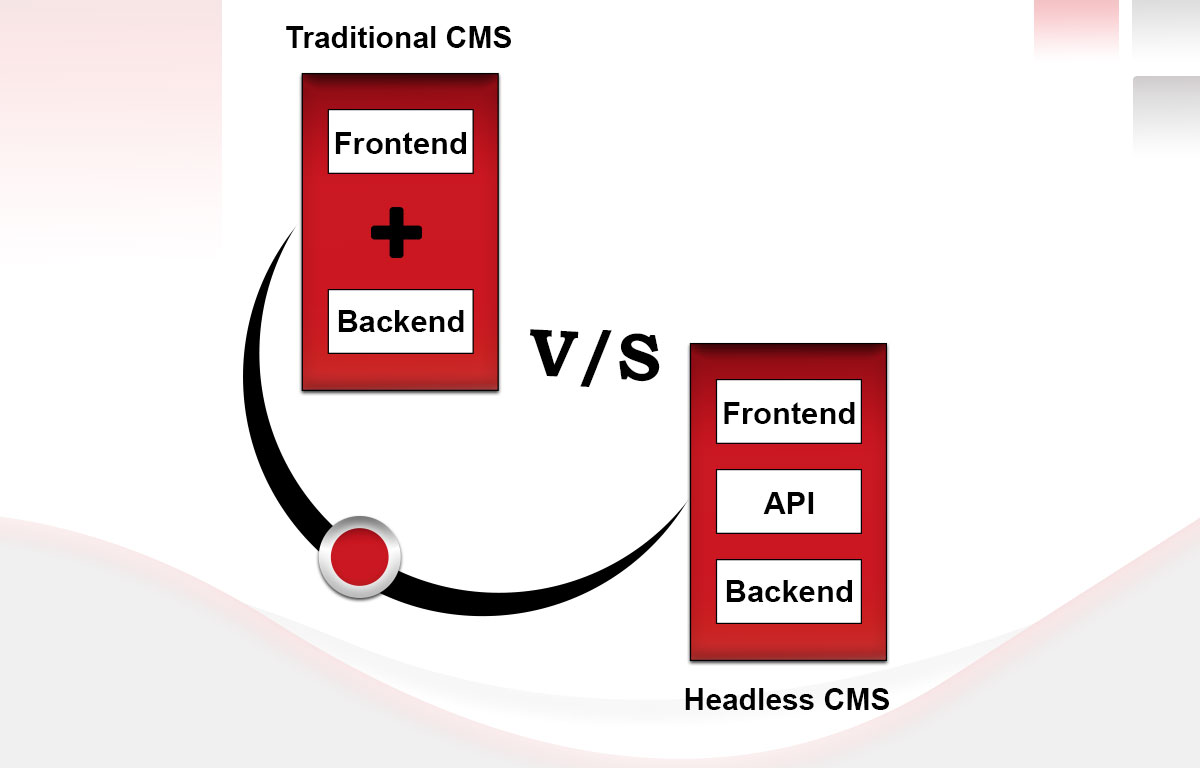
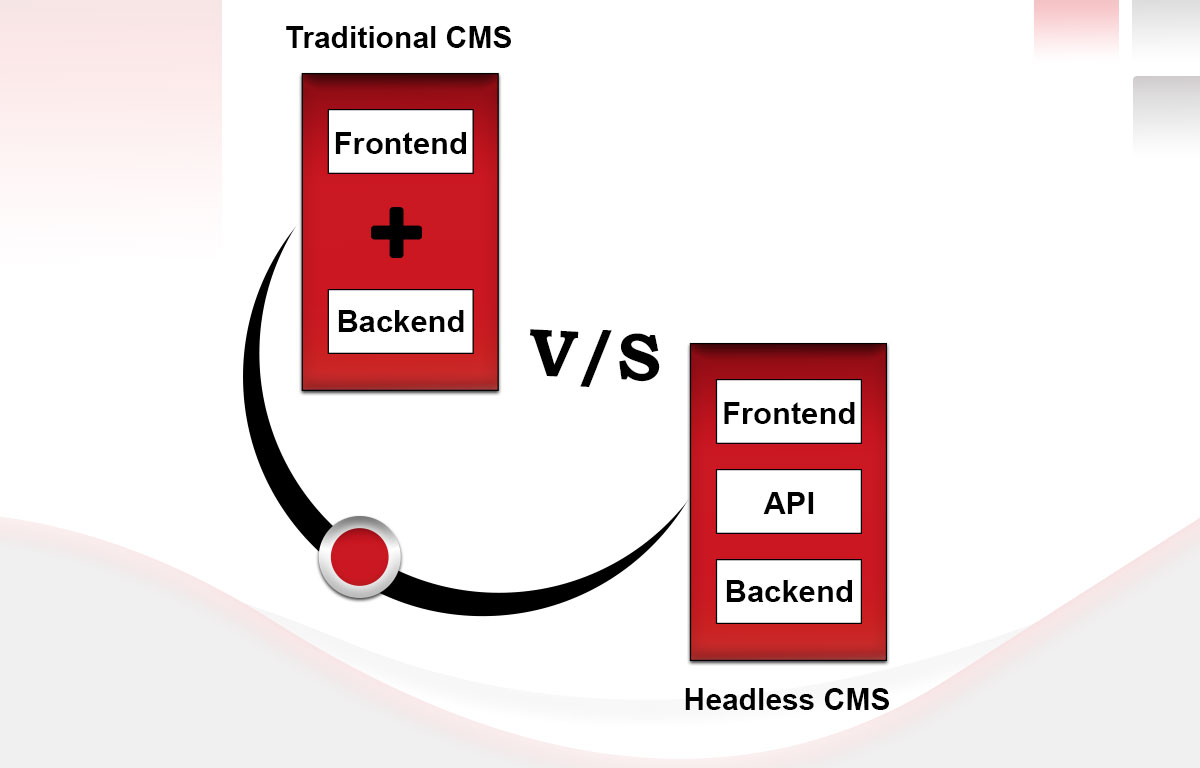.png)
Let's have a quick look at the significant differences between headless CMS development and traditional CMS development at a glance -
| Point of Difference | Traditional CMS | Headless CMS |
|---|---|---|
| Front end development | Themes and templates are available for front-end development | Front-end development carries out from scratch |
| Customization | Difficult to customize | Easily customizable: offers to personalize experience |
| Architecture | Includes backend and frontend | Includes backend and API |
| Design Constraints | Design constraints: as need to work with available templates | No design constraints: Just need a simple API call. |
| Scalability | Easy to scale after application development | Hard to scale after application development |
| Security | More vulnerable due to security threats | More secure due to lack of front-end |
| Performance | Slow speed due to the various plugins that impact website speed and performance. | The latest libraries, frameworks, and tools can potentially increase the speed and performance. |
What is Strapi Headless CMS - An Overview
Strapi is an open-source headless CMS software allowing businesses to develop scalable and customizable websites and applications. It runs on Javascript language, which makes it a user-friendly option for front-end developers.
Read More: How Kentico Is Best Cms For E-Commerce Platforms
Strapi headless CMS software is flexible in nature. Also, its admin panel and API are extensible. It allows developers to scale and customizes development via the system of plugins.
Furthermore, it has a built-in user system for detailed management of what administrators and end users have access to.
Several leading market players, such as IBM and Walmart, have already used Strapi to create and manage their websites and mobile applications content.
Features of Strapi Headless CMS Development
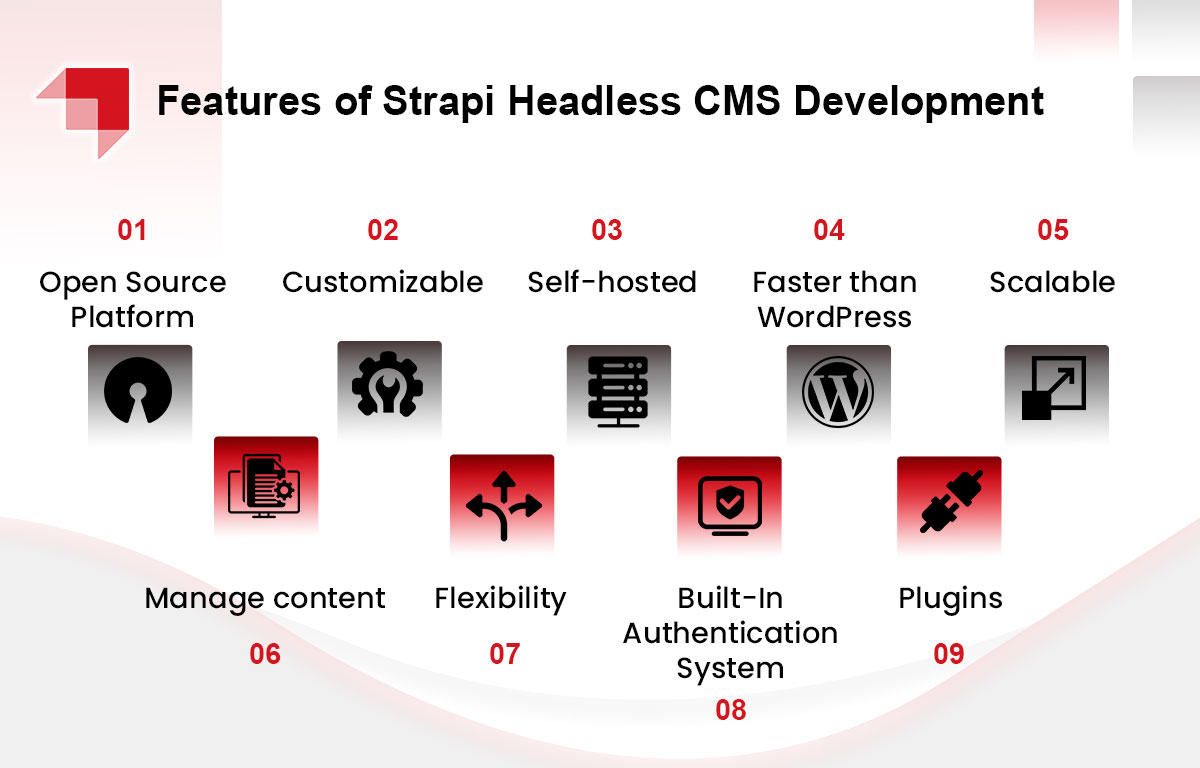
Open Source Platform
Strapi headless CMS software, an open-source platform based on Node. JS. It helps developers save development time and allow them to use various tools and frameworks.
Customizable
Strapi headless CMS has easy integrations as its admin panel, and the APIs are customizable. As a result, you can build logic by leveraging extended features of customized APIs and plugins.
Self-hosted
Strapi headless CMS ensures rigrous data privacy and security. You can keep control of data every time. It offers you to deploy and host the project across multiple platforms or devices. Choose the hosting platform of your choice, and host and scale strapi projects efficiently.
Faster than WordPress
Strapi headless CMS is faster CMS software. The installations can be done faster, and the admin panel will not reload upon saving. It's an efficient and time-saving option for developers.
Scalable
Strapi headless CMS developers build their scalable applications faster as Strapi provides a customizable API. They can use their favored tools and build projects.
Manage content
The content management team uses the Strapi headless CMS to handle all types of content. Also, developers can distribute the content to other channels, such as websites, mobile applications, IoT, or other connected devices.
Flexibility
Strapi headless CMS development is highly flexible due to its ability to save time. You don't need to build backend APIs which were time-consuming in the past.
Built-In Authentication System
Strapi headless CMS offers an adaptable authentication system customized to the requirements. It allows the establishment of several users and supports all the common databases, including PostgreSQL and MySQL.
Plugins
Strapi headless CMS has a variety of fantastic plugins which can be integrated with an application. Its variety of plugins collection, such as Google Analytics Integrations and LDAP compatibility, differentiates it from other CMS platforms.
Use Cases of Strapi Headless CMS Development
Societe Generale
The project of Societe Generate was to develop a fully functional training site. They had a deadline of 3 months that included alpha and beta-testing phases. After testing the leading headless CMS in the market, their team of technical developers chooses Strapi headless CMS software.
Strapi is an excellent choice for them due to its ease of use, customization abilities, and interface. By leveraging Strapi's main functionalities, they drafted the site up & run it efficiently and quickly.
Shelt. in
Shelt. in is a French IoT company. With their portable connected equipment and artificial intelligence, they monitor the operation activities of firefighters. The aim was to mitigate the risk of firefighters accidents in critical situations.
Before discovering Strapi, they had a basic version of API with few limitations. Therefore, they wanted to build a CMS that ensures high speed and tailored options. Strapi's scalability and customizability allowed them to meet the fire brigade's pre-defined needs.
Strapi's high-performance environment helped the team to set up a high-performance deployment environment, increasing the project's productivity and velocity.
Cost of Hiring Headless CMS Strapi Developers
On average, freelance developers usually charge around USD 25/hour. Moreover, intermediate-level and advanced-level engineers charge around USD 40/per hour.
However, these are just estimates as per the market scenario. It is advisable to consult an expert and ask for a quote per your specific requirements and business needs.
How to find and Hire Headless CMS Strapi Developers
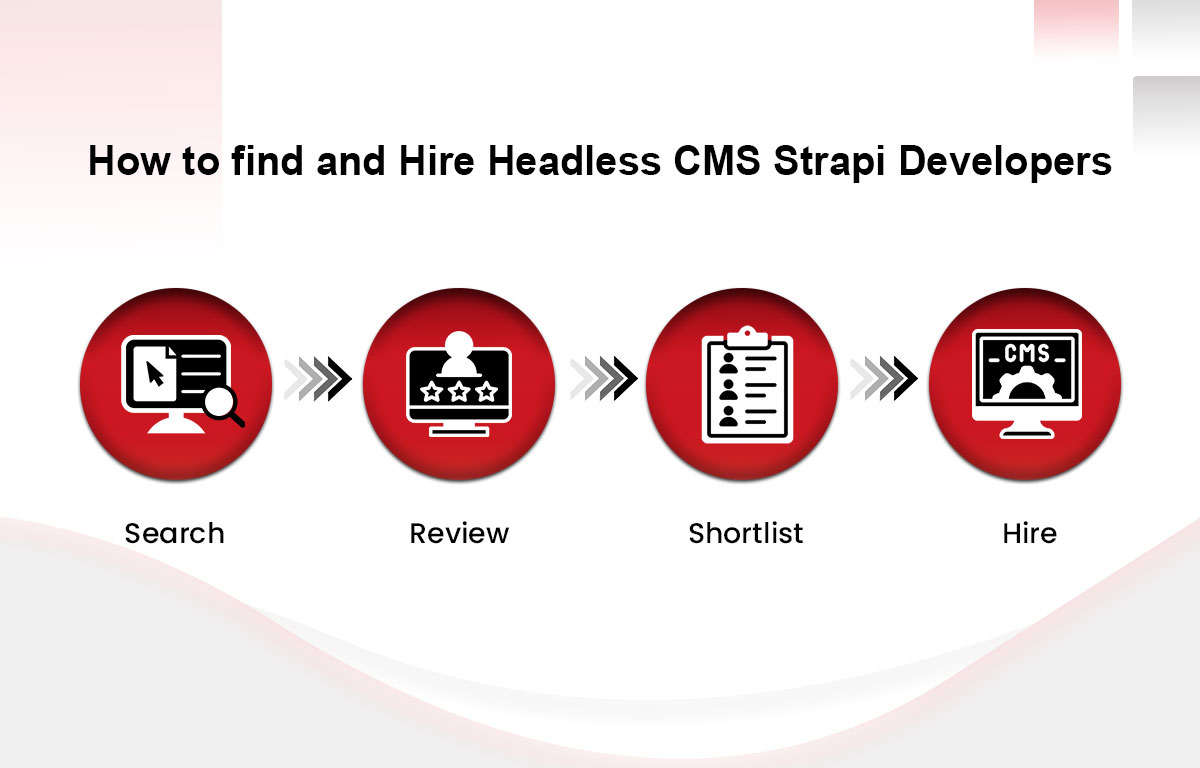
Step 1: Search online portals and list potential companies or freelancers.
Step 2: Review each organization’s portfolio and candidates’ profiles, including expertise, offered services, customer reviews, and feedback.
Step 3: Shortlist the companies or freelancers to contact them for a project consultation. Make sure to discuss budget and time estimation before making any final decision.
Step 4: Hire the Strapi headless CMS development company offering the most advanced services within your budget and time constraint.
Wrapping Up

But when it comes to choosing the right technology stack, it is advisable to hire a dedicated consultant that can help you make the right decision to meet your end business goals.
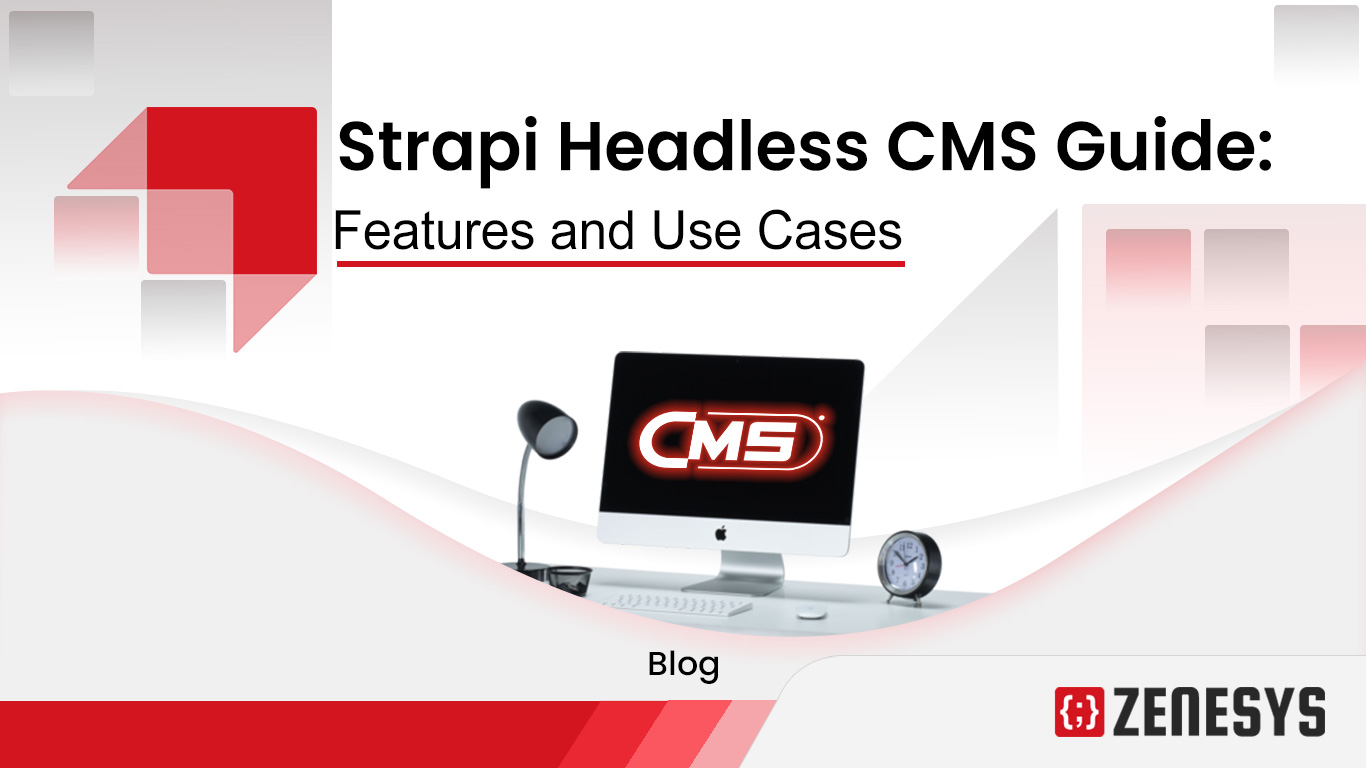.png?lang=en-US&ext=.png)

.webp?lang=en-US&ext=.webp)

.webp?lang=en-US&ext=.webp)

